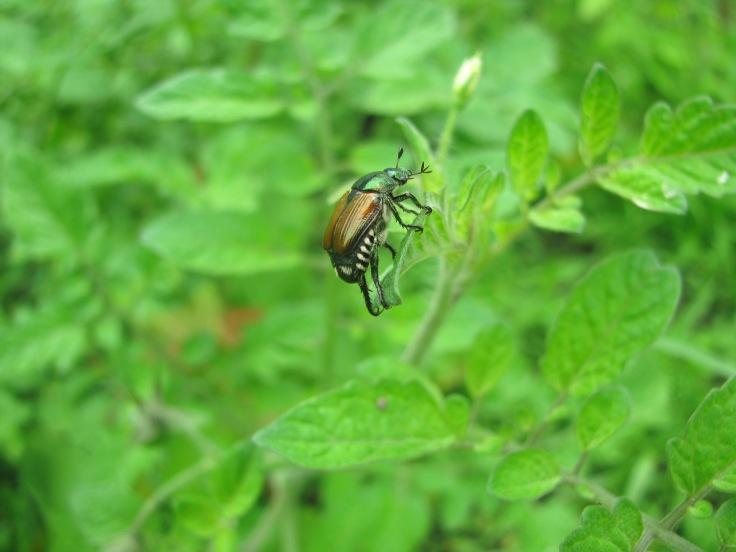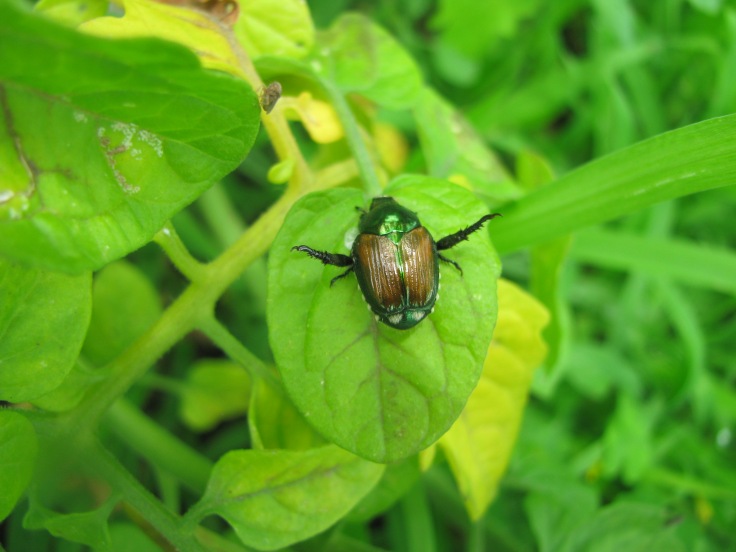I’ve been writing a lot about bees lately. They’re quite topical, bee-ing in the news a lot; with the EU banning the sale/distribution of certain neonicitinoid products they’re pretty big news in many parts of the globe. Heck, bees ARE important, not to mention hella adorable. But how should we go about protecting our bee populations? What is causing the ‘ailment’ Colony Collapse Disorder? The answer is we don’t really know just yet. There are a lot of ideas and much evidence to supports that it is far more than one item but most likely a combination of multiple factors. A recent study reinforce this perspective.
What is causing CCD? First off, this is not a new phenomena. We have examples of brood die offs which match what we now call CCD from almost a hundred years ago. Prior to being called Colony Collapse Disorder it was called Fall Dwindle Disease as well as a myriad of other things. Different regions had a different name for it and it wasn’t until 2006 that it was solidified as CCD. Neonics have been around for a while and are getting a bad rap for killing bees. Well, you know what? They do kill bees. These products are insecticides and, though not all insecticides are harmful to bees, these can be. So is banning their use completely a good idea? Not at the present time. Our economy is agriculturally dependent. We want our oranges in December and soybeans need to go in everything. That’s just how it is at the moment. And if you want those and other items you’re going to need both the bees to pollinate them and the insecticides to keep the pests away. Transgenic crops have done much to help cut back on the amount of insecticides needed for these agricultural crops but some are still needed and other methods, such as coating the seeds so the spray is not needed have helped too. BUT, even that coating can be a potential hazard as a recent investigation suggests.
Other factors that we need to keep in mind is just what is it we are feeding to the bees? I’m not talking about these studies that load up sugar water with unlikely-to-come-into-contact-with levels of pesticides and then report that the bees had (amazingly!) suffered as a result. No, what I’m talking about is how we use our bees, how we manage them, and what it is we’re actually making them pollinate. There is A LOT more to the story than just pesticides. I received a reply to a previous post from a person who stated that ALL pesticides were responsible for bee deaths and that pretty soon bumble bees and honey bees would all be gone unless we stop using the pesticides. She cited blogs as sources (not a problem, feel free to cite me…some blogs have good information, I just spout off ramblings about stuff but some have good info) and after reviewing those blogs I noted a common theme. No. Supporting. Objective. Evidence. Everything was purely that visceral, I’m gonna yell and scream about this because it makes me sad and I want to do something about it – blog. Trust me, I know what that feeling is like. But, I do my best to provide evidence and make that evidence relate-able and understandable.
Pesticides are not great for insects. Duh. That’s part of the point. And when used inappropriately or with little objective research to back up the products, we can have problems. Back to the person commenting on my Bee post, this idea about pesticides are all bad is not unique and is growing in popularity. In this instance, ignorance and/or laziness was to blame…in my opinion. But, after researching it a little more I learned a new tidbit of information…those trees the bumble bees were feeding on? Toxic in high quantities. Yup. There is supporting evidence that when exposed to the nectar of those trees in high doses it can be harmful to bees. Is that was caused this problem? I’m gonna say No. Again, see previous post about the stupid. But this isn’t the only example of possible complications due to poor management tactics. The vast majority of honey bees (60%!!!) in this country are used to pollinate almonds. Forcing pollinators to feed only within a monocrop you are severely harming their health. The actual value of almond pollen and nectar isn’t even that great. (For an interesting read of pollen nutrient values check this article out). Almonds are even potentially toxic as well. So, when we have these bees going out, pollinating only one select crop, which is of low nutrient quality and potentially toxic in high amounts, and then we see die back, why do we automatically scream “PESTICIDES!!! IT’S THE PESTICIDES!”?
What is likely going on, (and again, more and more evidence supports) is the bee decline is a result of multiple factors. We stick the bees with one crop and one crop only to pollinate. And if that crop happens to be of poor nutrient value, oh well; with no, or little, sugar supplementation. Additionally, these bees are trucked across the country where they can encounter other bees which may have been exposed to a number of viruses and pathogens. Particularly the varroa mite. Varroa Mites are bad. And I mean B.A.D. If you get the mites in your hive, you have to treat with an acaricide to get rid of them. And when the bees are being exposed to the mites, nosema, poor food quality, limited resource diversity, viruses, and pesticides, yeah, the bees are going to suffer. There are far too many confounding factors to say that only one thing is the cause. We can’t even really say that TWO things are the cause. Think of it as if the bees have HIV. There’s this thing living in the bee hive. It’s slowly weakening them. Sometimes they’ll get some amazing food or have some years without disease and mites. Then they prosper. But after years of fighting this off, they get exposed to something, be it a poor food year, pesticides, mites, etc, and it’s all down hill from there.
If you take one thing away from this post I hope it’s this…take a breath, chill for a bit, and then try and approach management and pesticide programs with the understanding that there is more to it than just disease, or just pests, or just pesticides. Pesticides can be harmful. Improperly researched and used pesticides can be very bad for a species or even ecosystem. I have a lot to say about my frustration regarding pesticide research being done by companies and not universities or other (relatively) unbiased sources, but this post is already too long. Take your time, do some research, and the next time someone on Facebook starts screaming about banning everything because it’s all going to kill us!!!!AAAAAhhhhhh!!!!! Do your own version of a Snopes check and look into the validity of their statement and educate yourself and others. Then, use that information to make educated and pro-active advocacy decisions. I like bees and don’t want to lose them. Let’s work together, smartly to make sure that we keep those cute, fuzzy, ladies.










